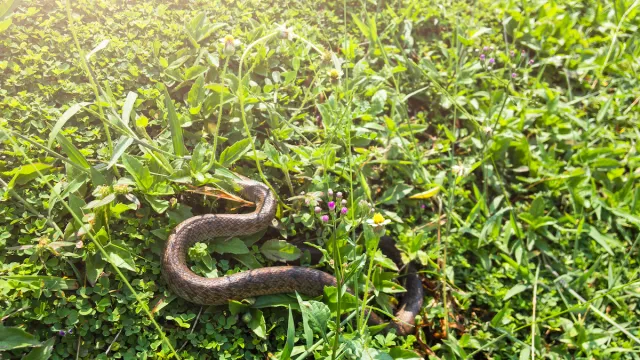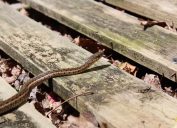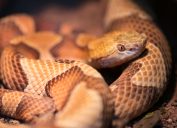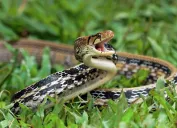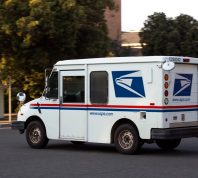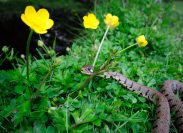8 Things in Your Yard That Are Attracting Snakes to Your Home
Keeping your green space free of these items could help also help keep slithering pests away.
Whether it's the eye-catching plants and shrubs or the lovely decor, having certain items in your yard can draw the right kind of attention to your property. Unfortunately, certain items could be rolling out a welcome mat for unwanted guests of the slithering variety. If you're looking to avoid bringing more snakes close to your home, there are a few things you need to remove from your yard immediately. Read on to see what surprising items pest experts say could be serpent magnets.
RELATED: 4 Scents That Attract Snakes to Your Yard, Experts Say.
8 Things in Your Yard That Attract Snakes
1. Tire Swings
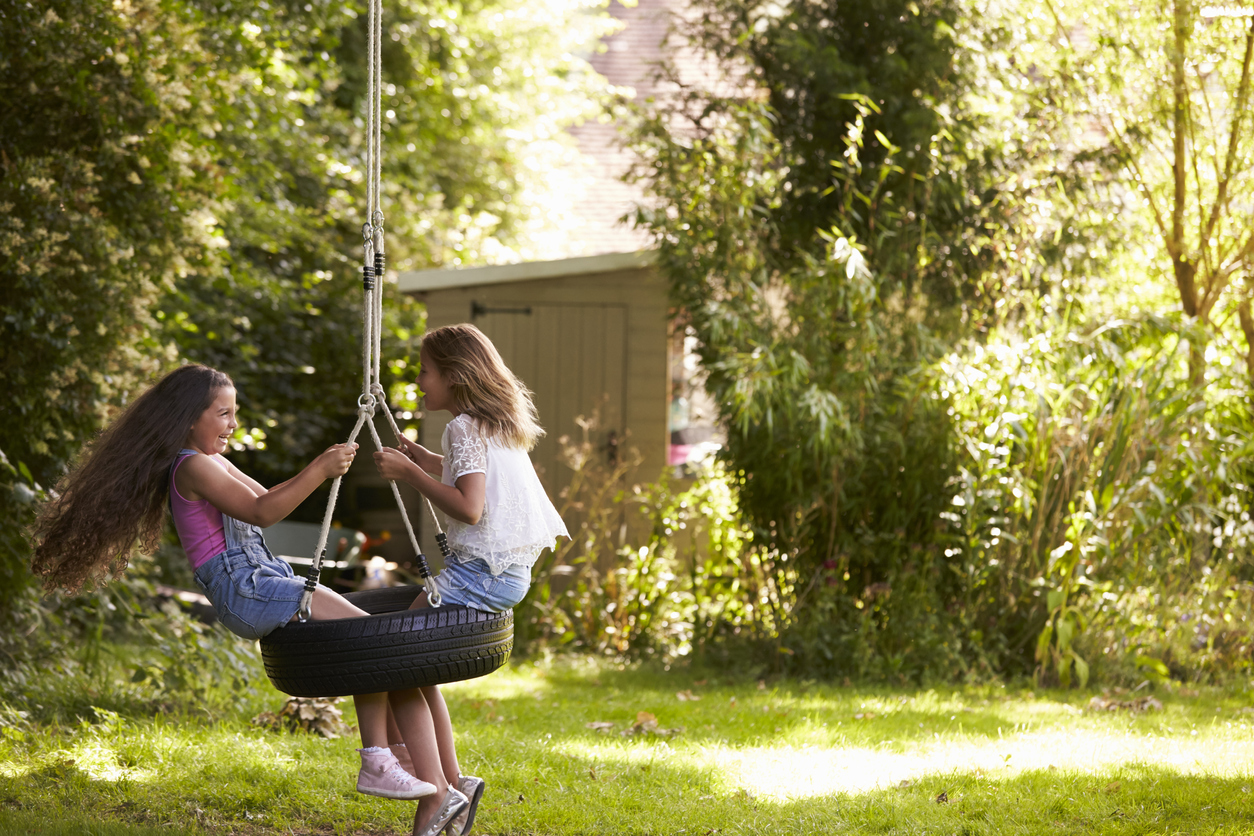
Tire swings are a simple, timeless joy that are as easy to set up as they are to have fun with. But the seemingly harmless play feature can also be attracting snakes to your yard by collecting rain and offering them a steady water source that will keep them hydrated.
Experts warn that tire swings, slides, and other toys that lie low to the ground can potentially serve as a watering trough. If you're not ready to part ways with your playground, consider drilling small holes in the bottom of the tire that will allow it to drain and stop rainwater from pooling up.
And you'll also want to be wary of other "outdoor play equipment, especially those with hidden, shaded areas [that] can provide a spot for snakes to hide," cautions A.H. David, a snake expert and founder of Pest Control Weekly. "Consider placing play areas away from dense vegetation and closer to human activity, as snakes tend to avoid such areas."
2. Bird feeders

Watching visiting birds gather around your window-mounted feeder can be a genuinely delightful sight. Unfortunately, it can also create the perfect conditions that will bring snakes right into your yard.
"Bird feeders themselves don't attract snakes, but the birds and rodents they attract do," explains David. "Spilled seeds often draw small mammals like mice and squirrels, which are potential food sources for snakes. Regularly cleaning up fallen seeds and placing bird feeders away from the house can help reduce this risk."
If you still plan on hanging a feeder, make sure to do it farther from your house and only keep it filled during the winter, which is when birds need it most and snakes will be much less active in hunting for food.
READ THIS NEXT: 8 Plants That Will Keep Snakes Out of Your Yard, According to Pest Experts.
3. Birdbaths and other water features

"Water features like ponds, birdbaths, or even a simple pet's water dish can attract snakes, particularly in dry areas where water is scarce," says David. "They are attracted to the water itself, but also to the frogs, birds, and other animals that gather there."
Again, consider placing these items farther from your home if you must have them, and keep your pet's water and food inside.
4. Woodpiles and lumber
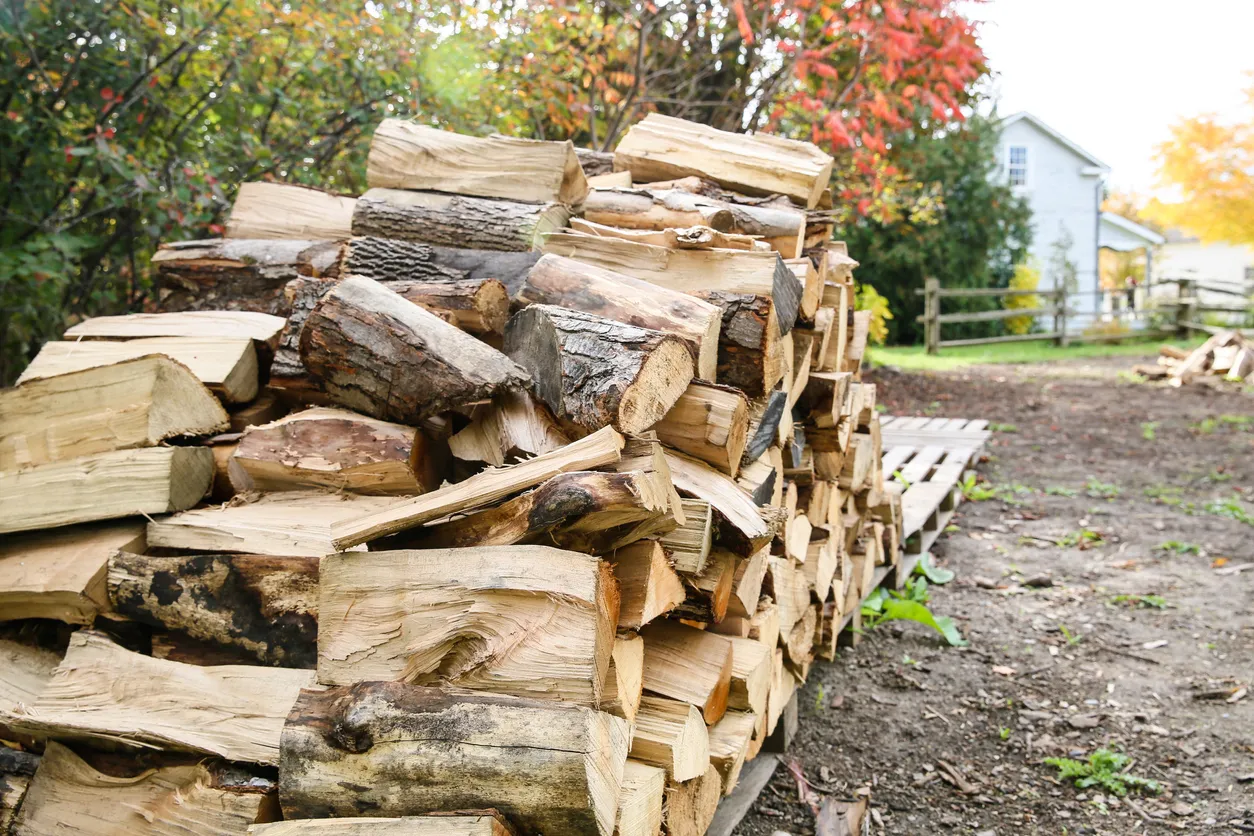
If you live in an area that's prone to cold weather, you know how important it can be to have plenty of logs on hand to keep your fireplace roaring when the temperature drops. But according to David, "Stacked firewood, compost piles, leaf piles, and any other type of debris can create attractive hiding places for snakes."
"These structures provide shelter from the elements and predators. They can also attract rodents which snakes prey upon," he explains. "To make these less appealing, store firewood on racks above the ground and away from your house. Regularly maintain your compost and clean up leaves and other debris promptly."
For more home and garden advice sent straight to your inbox, sign up for our daily newsletter.
5. Garden hoses
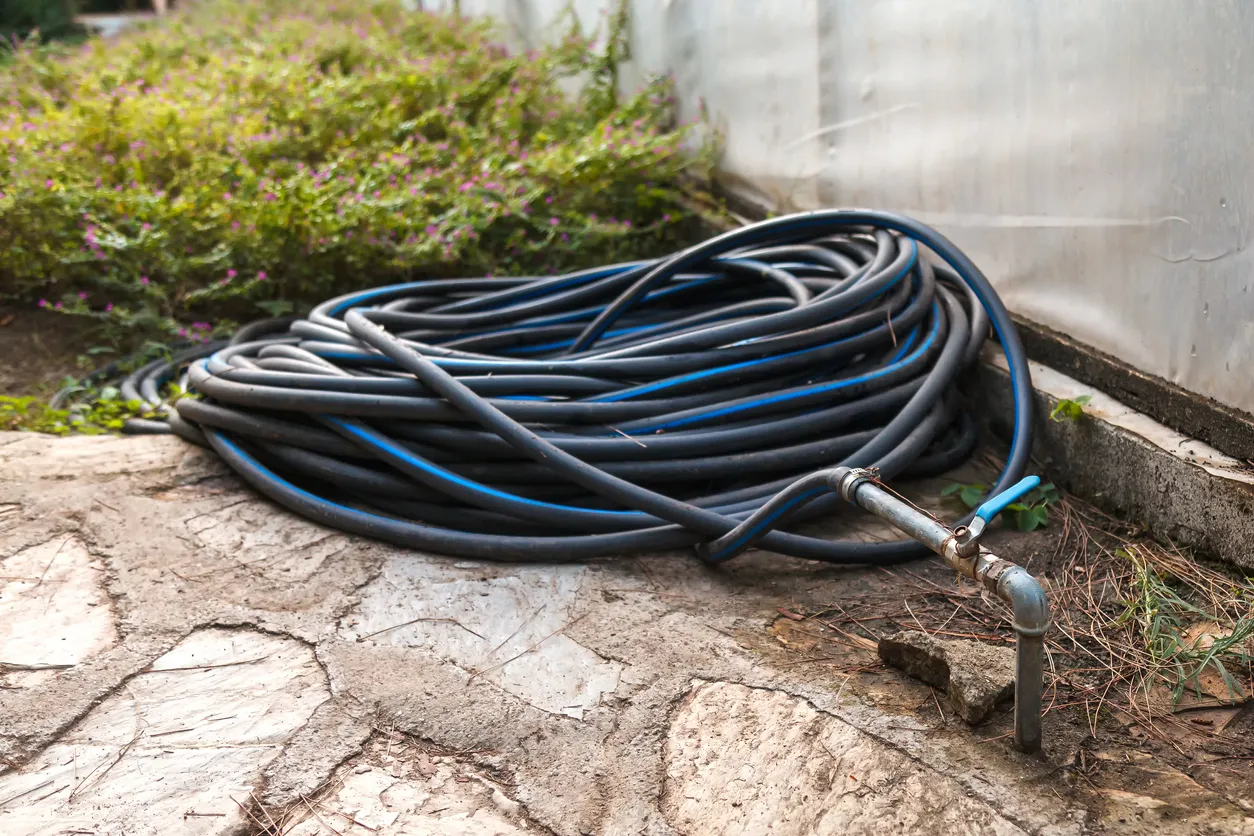
They may be vital to keeping your flowers blooming and your grass green, but garden hoses may also be attracting snakes into your yard. Not only can snakes hide in the coiled-up pile, but dripping or leaking hoses can lead to standing water, which these reptiles love.
Instead of coiling your hoses on the ground, consider installing a wall mount or a reel that can keep your watering equipment off the ground and stop it from becoming home to a slithering stranger. If you notice that your hose is leaking where it attaches to the faucet, try wrapping it in plumber's tape to create a better seal, or replace the fixture.
6. Vegetable gardens

Whether you're growing vegetables like tomatoes and zucchini or you have large fruit trees yielding lemons or apples, having such fresh produce in your yard could be drawing snakes in.
"These attract various small animals and insects, which can subsequently attract snakes looking for a meal," notes David. "Regularly harvesting ripe produce, promptly picking up fallen fruit, and maintaining a clean garden can help to reduce the likelihood of attracting snakes."
READ THIS NEXT: A Copperhead Snake Bit a 4-Year-Old Boy—Here's Where It Was Hiding.
7. Rock gardens and stone walls

Rustic features like rock gardens and stone walls add a lot of character to a yard—however, they may also be adding a higher likelihood of snakes since they can serve as a great hiding spot.
"If you're in a snake-prone area and these features are close to your house, you might want to reconsider their design or placement," cautions David.
8. Elevated decks or porches

According to Critter Control, spaces underneath your home make great "nesting sites" for snakes since they provide shelter, are dark and damp, and "since the soil under houses is often rich in snakes' favorite insect prey."
"Gaps and cracks in building foundations allow the pests to slither under structures," they explain. "The voids underneath porches and decks also act as pathways to the underside of homes."
To ensure snakes can't access these areas, make sure even the smallest crack is sealed. "And check for entry points in sheds and other outdoor buildings," Scot Hodges, vice president of professional development and technical services at Arrow Exterminators, previously told Best Life.
